I had a conversation recently with a friend who was deeply hurt by some things going on in a community organization where he was a leader. He shared what was happening and that he was really struggling to find compassion and understanding in the midst of the conflicts. I’ve been there. We all have. Periodically we find ourselves in the middle of an uncomfortable situation where people are calling names, spreading rumors, attacking others, and simply not being the best they can be.
Thank goodness I’ve studied and practiced Non-Violent Communication (NVC- developed by Marshall Rosenberg) and Loving What Is (known as The Work developed by Byron Katie). To learn more about NVC and Loving What Is, go to their websites, look at their videos, and find a study/practice group near you. Both of these approaches have helped me enormously to deal with pain and find compassion in the midst of turmoil. These approaches have helped me work with others dealing with pain, anger, or loss in organizations. They have helped me listen to someone else’s pain with an open heart and supported my work facilitating healing and reconciliation.
As I listened to what my friend was sharing I heard his sadness, anger and grief. I allowed him to share those feelings and asked him what he needed to address his feelings. I didn’t try to change how he felt, or offer solutions to the situation at his organization. I simply listened and allowed space for him to get in touch with his feelings. This allowed him to acknowledge what he was feeling and find clarity on what he needed to get through the next few days (before a critical board meeting that was scheduled to address the conflicts).
I want to share just a few thoughts here on how NVC and Loving What Is can support you, a co-worker, or work group who may be going through pain from a situation in an organization.
1. Own your own feelings in the midst of the crisis or pain. Acknowledge honestly how you are feeling and what is coming up for you. Don’t worry that what is coming up looks or feels ugly. What’s essential for healing is that you are honest with how you are feeling. If you are speaking with a co-worker who is in pain, have him/her draw their attention to themselves and how they are feeling. Only through honest reflection and acknowledgment of how you are feeling can you move towards healing and find reconciliation.
2. It is not your job is to try to change the behavior of others who are acting in ways that trigger your feelings. Your job is to address your own pain, sadness, loss, fear, anger in the most tender, gentle loving ways you can. Offer yourself compassion for the feelings you are having. In this way you can move through your pain to find your own peace. The more you do this, the more you can Be Peace in a turbulent situation.
3. How you respond to this situation shifts the energy for others in the situation. The more grounded, honest, respectful and open you are to dealing with your own and others’ pain, the smoother you and they will move through the conflicts or turmoil. Your energy affects those around you. How do you want to move through your pain to find comfort, peace, acceptance, and patience for yourself or others?
4. Other people are not the enemy. Hanging on to judgments or demonizing others only adds fuel to the fire. The ‘others’ are simply using strategies to meet their needs in the best way they know how. And so are you. We all have learned strategies to meet our needs. Some of these strategies are effective, some are destructive to relationships. Stop and examine how you are acting to meet your needs- are you lashing out and hurting others as revenge, are you pouting and sulking like a victim, are you running away to protect yourself? As you work on meeting your needs and addressing your feelings, you’ll see what strategies you are using. Your strategies may be helpful or harmful to the relationships in the situation at hand. Focus on what you are doing to move through your own pain. What can you do to bring peace, comfort, healing to yourself?
5. Become aware of your judgments and the stories you are telling yourself about the other people and their actions. Next, find one belief you have about them. Ask yourself- Is that True? What would be the 180 degree opposite belief you could have about them or what is happening? How might that opposite belief statement be true? How do you feel when you read/think of that opposite belief statement?
6. Emotionally charged situations are the trials that test your spiritual stamina. They are the moments and playground for you to practice your spiritual muscles of compassion, forgiveness, respect, understanding, awareness.
Whenever two or more are gathered there will be conflicts and disagreements. Organizations are no different. When conflicts reach a boiling point, then healing and reconciliation are needed. Your ability to work through your own pain to find greater healing and reconciliation helps you and your organization. As we learn these lessons and practice honoring our feelings without demonizing others as the enemy, not only will our organizations be healthier, but we also progress along our spiritual journey.
Bright Blessings as you move through your pain and find healing, wholeness, and compassion in the midst of your struggles. Here is a Buddhist prayer you can use to support your journey of healing and reconciliation.
May all beings be well
May all beings be happy
Peace, Peace, Peace
*****************
For more resources, see our Library topic Spirituality in the Workplace.
——————
Linda has done healing and reconciliation work with organizations to help them move from pain to compassion. If your organization- non-profit, house of worship, or business- has gone through a crisis or is in turmoil and seeks to move towards healing and reconciliation, contact Linda (ljfergusonphd@gmail.com) to find out how her work can support your organization’s healing. Using principles describe above, you’re organization can shift through pain to healing and reconciliation.
 Sections of this topic
Sections of this topic

















